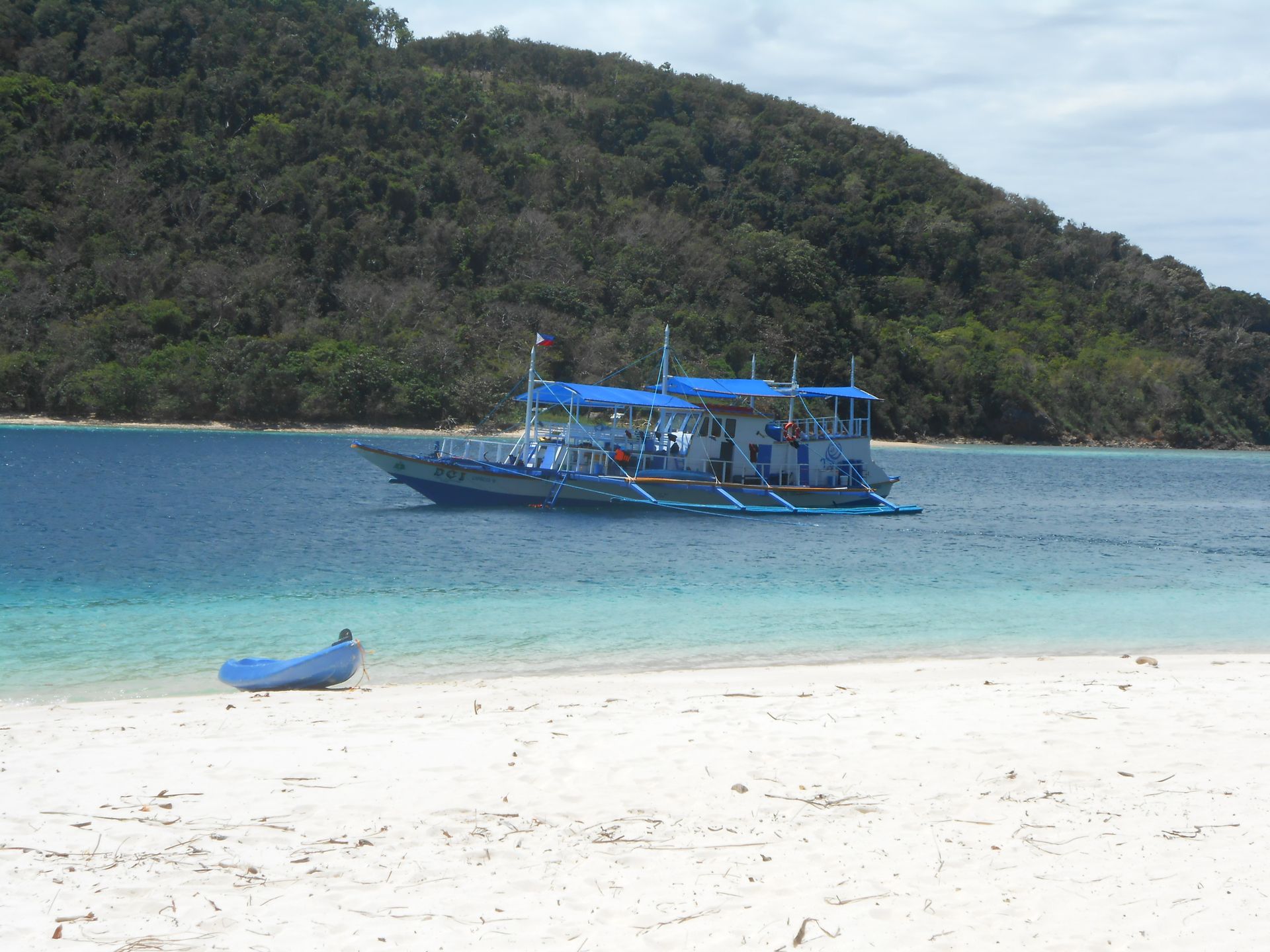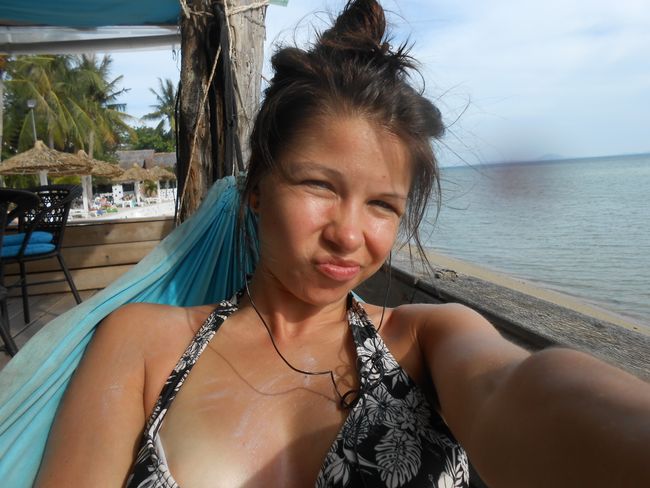In the mountain village Moni and the volcano Kelimutu
प्रकाशित: 24.05.2019
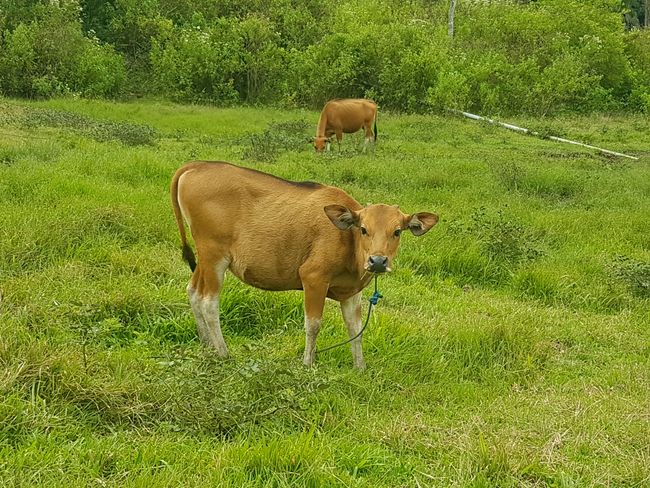
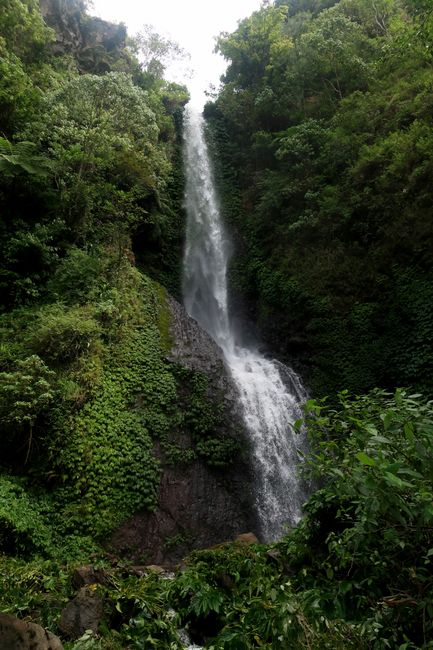
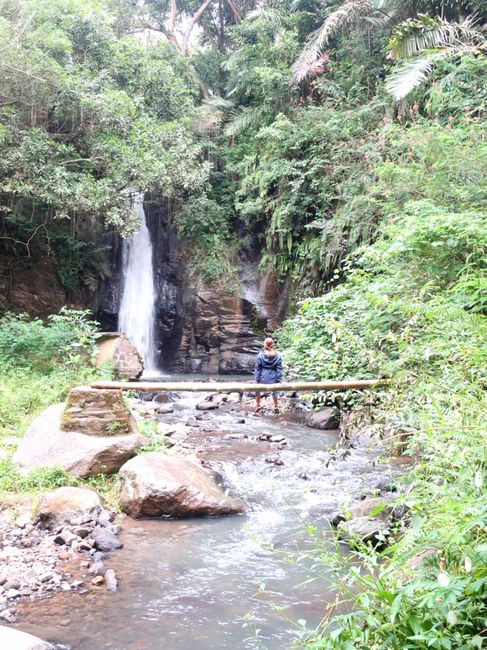
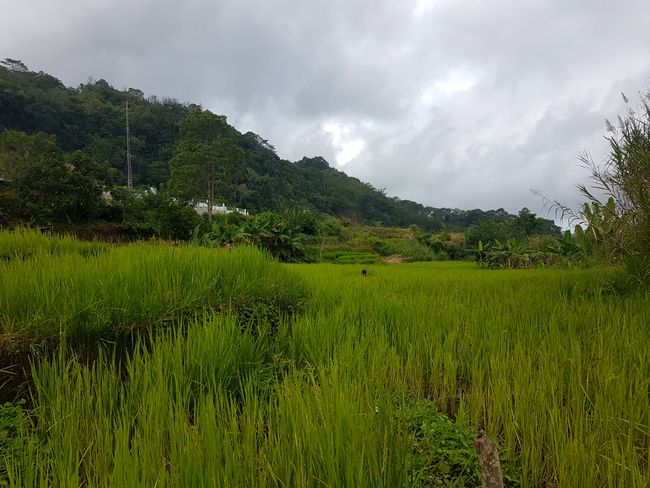
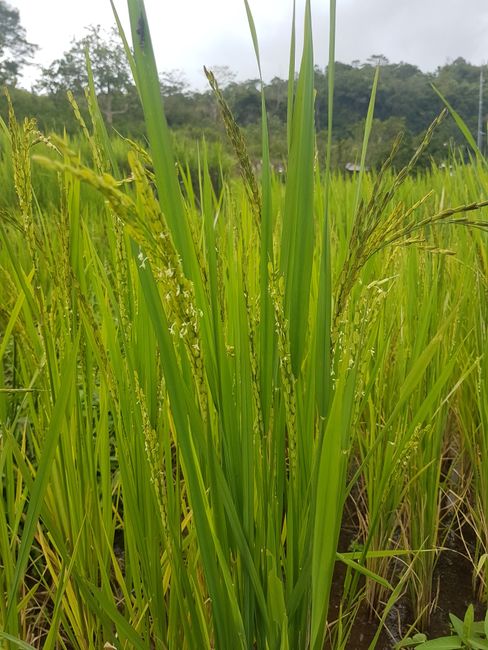
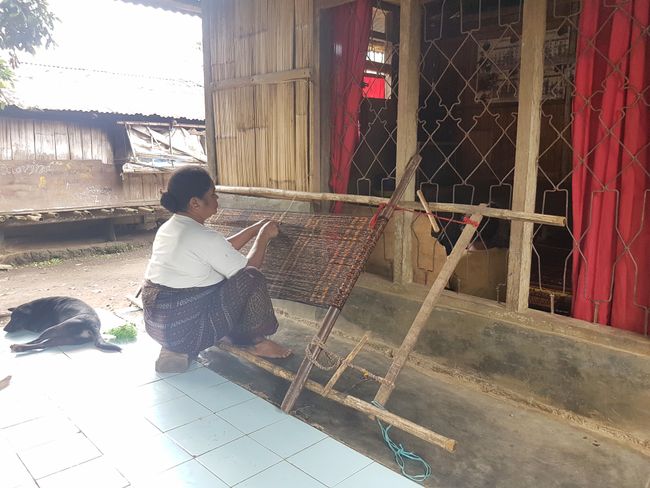
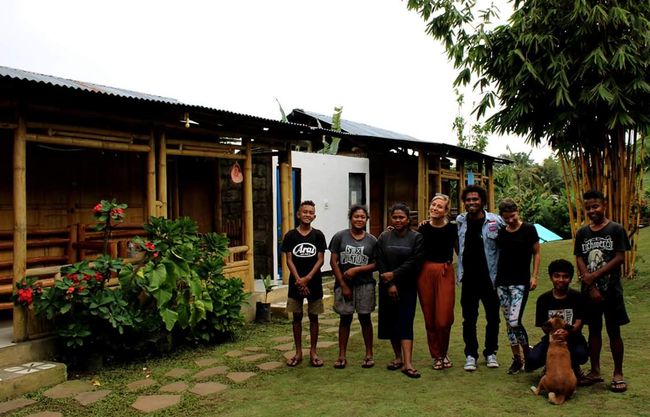
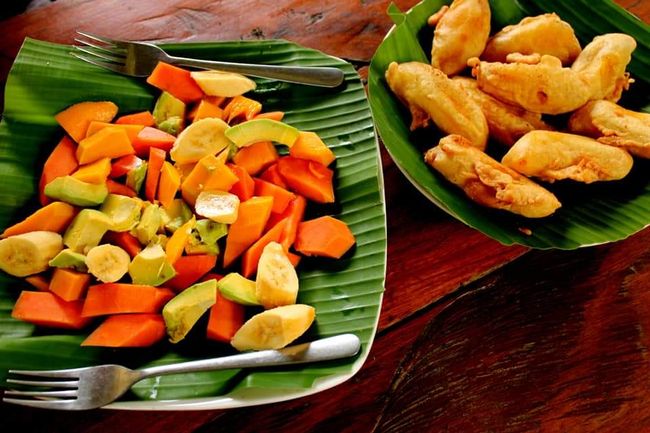
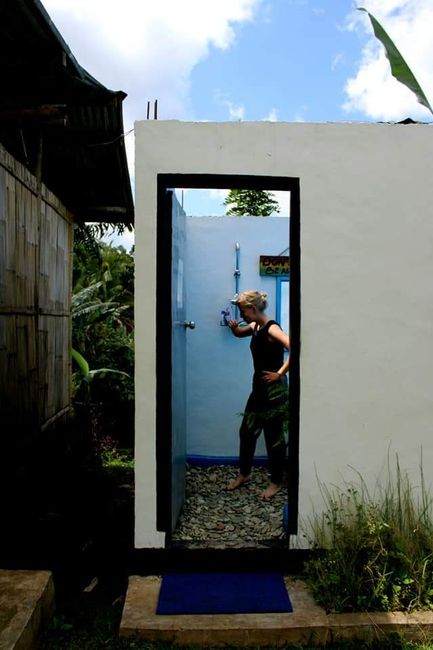
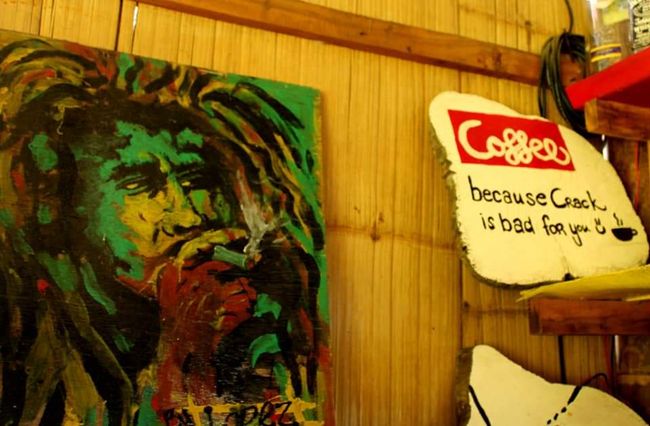
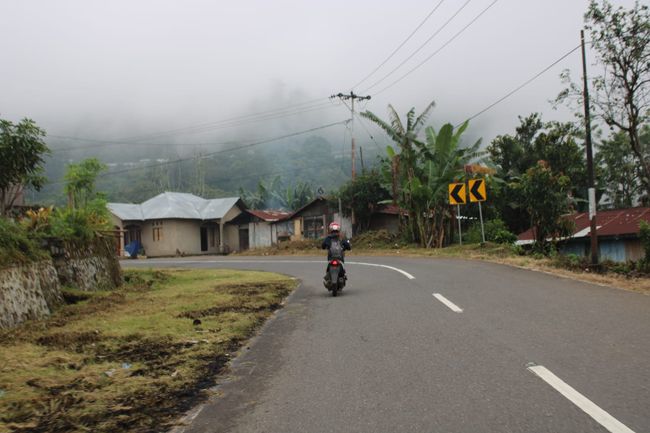
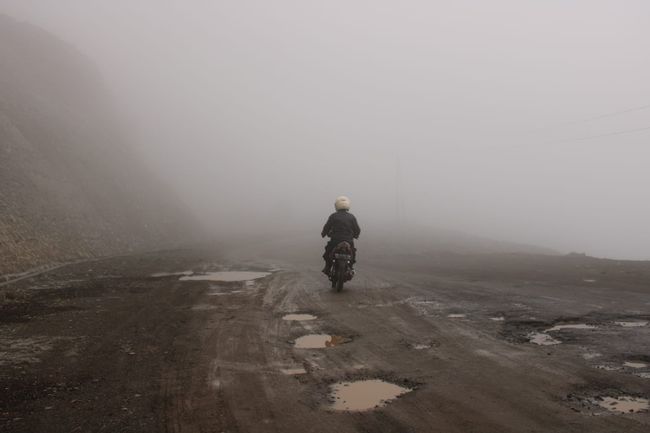
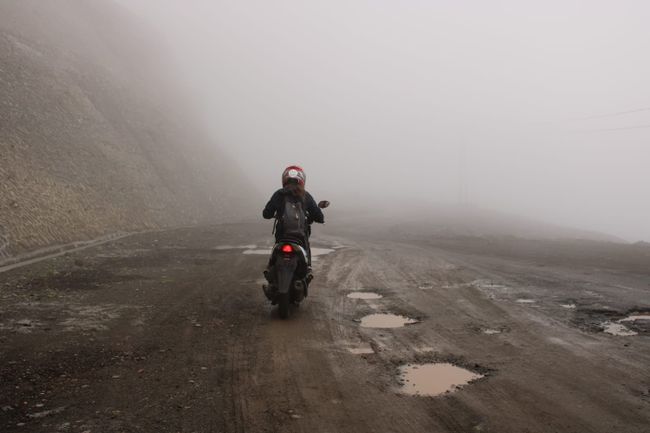
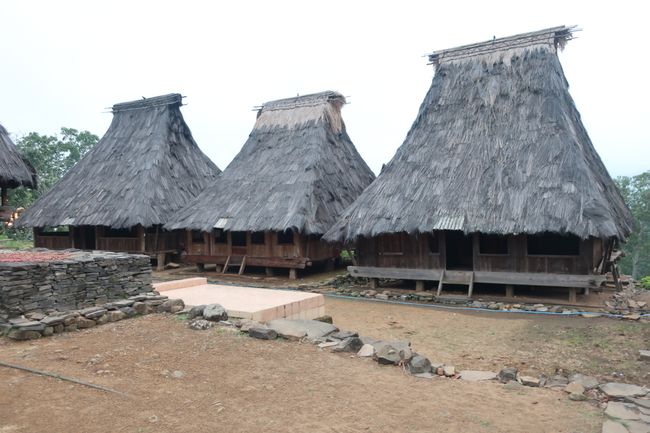
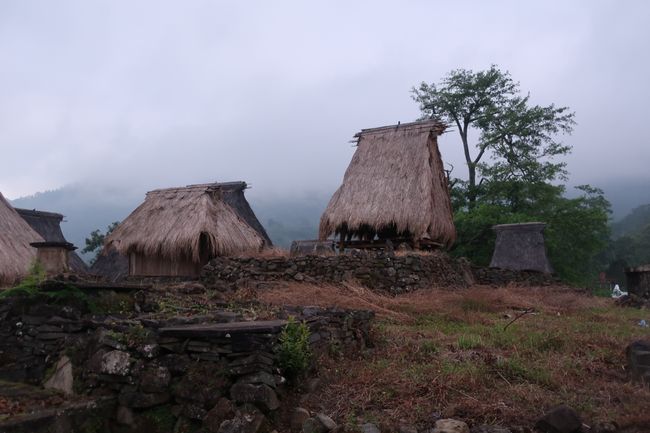
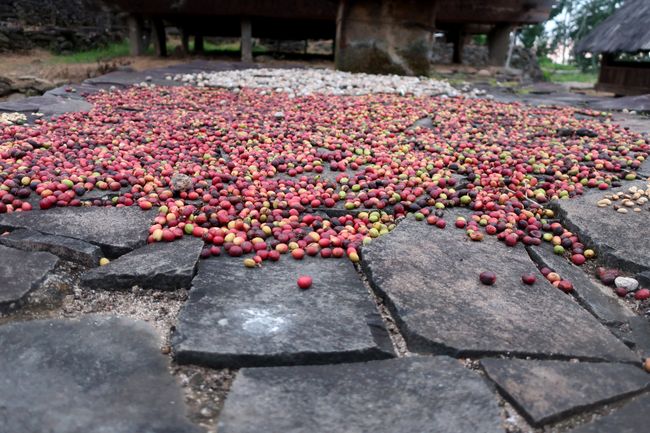
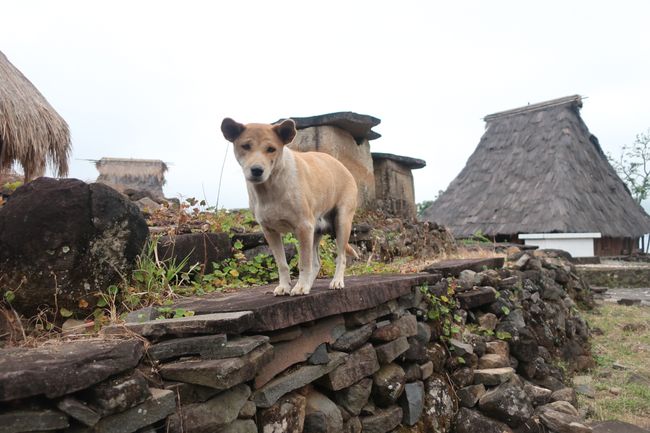
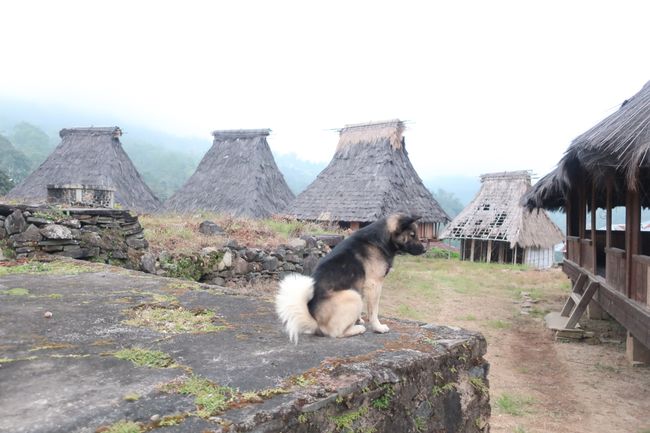
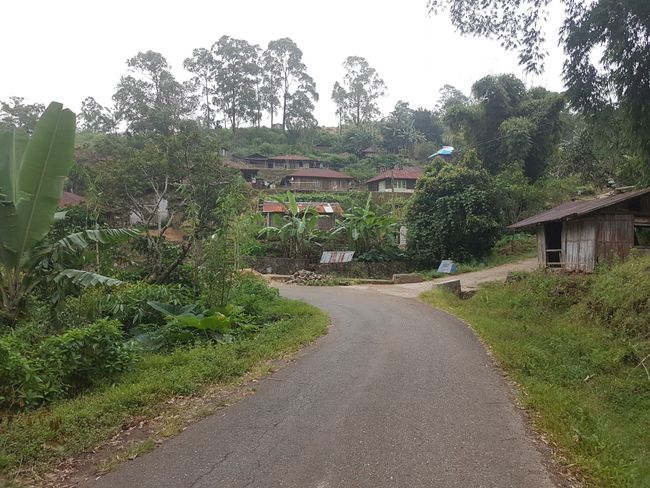
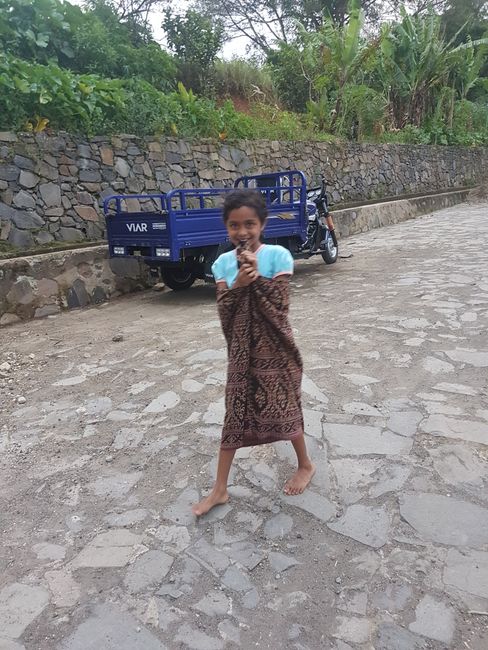
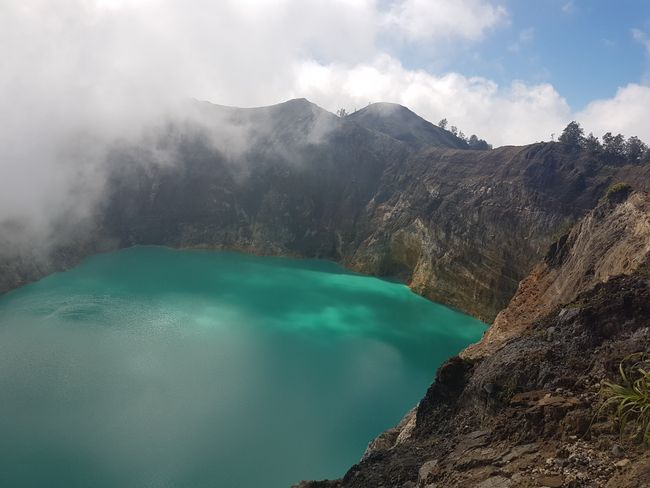
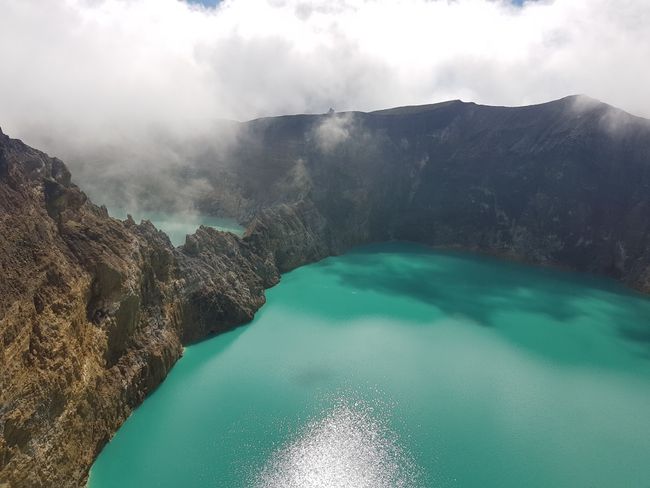
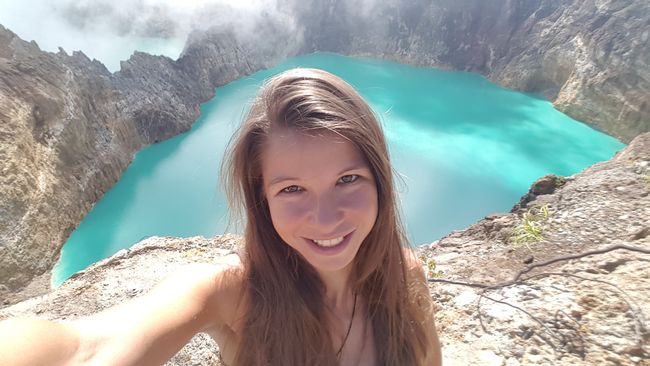

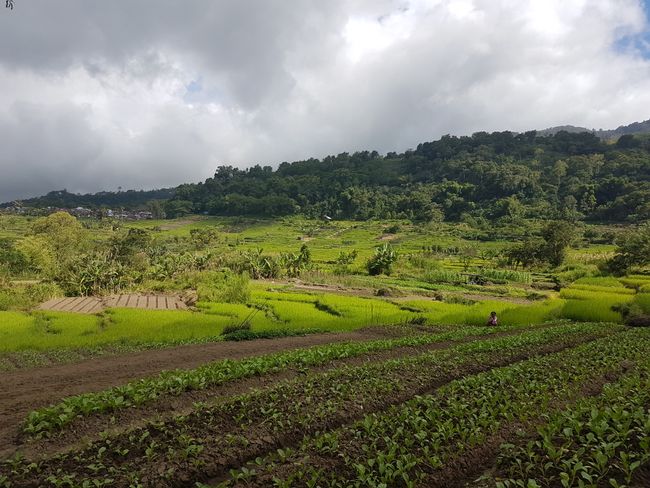
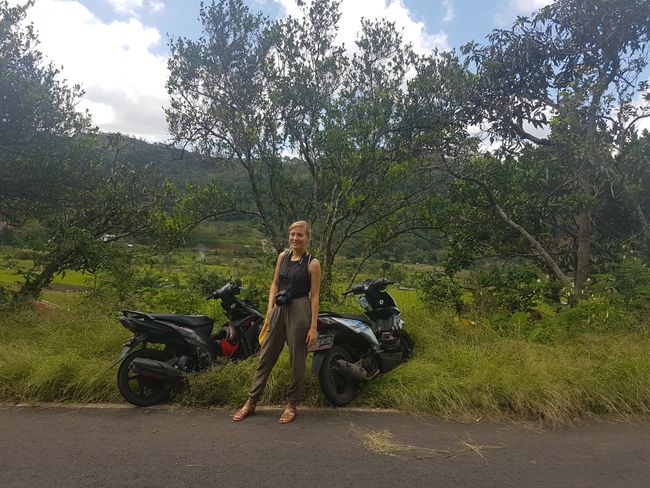
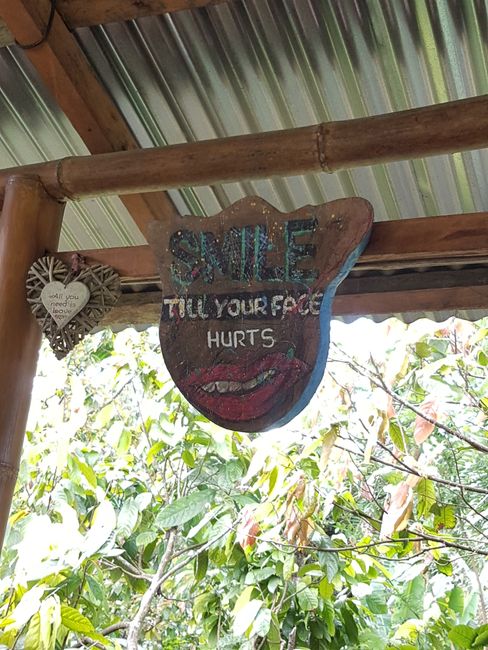
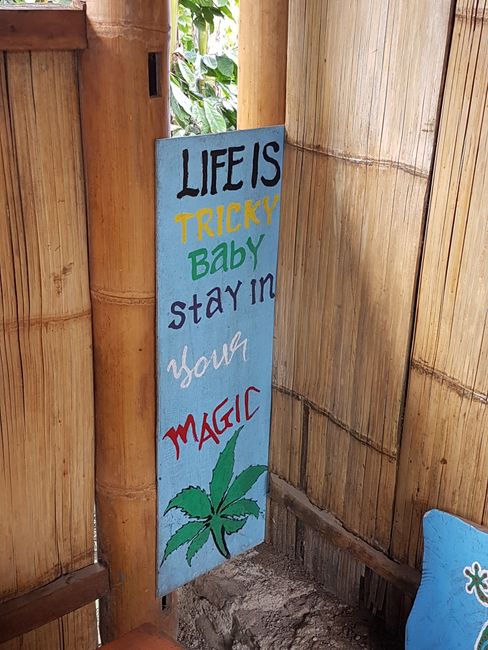
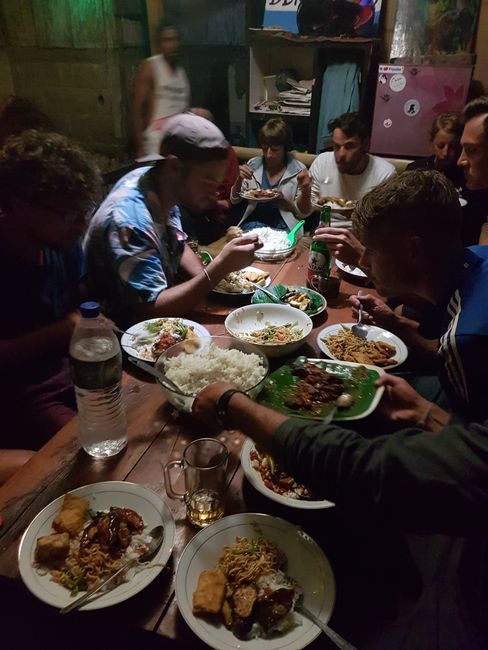
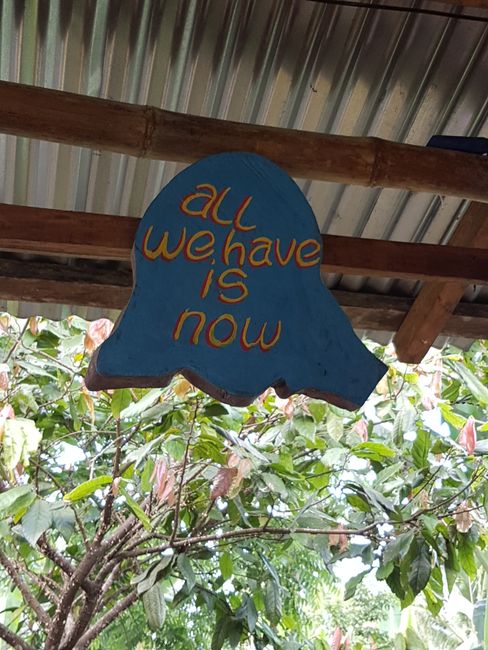
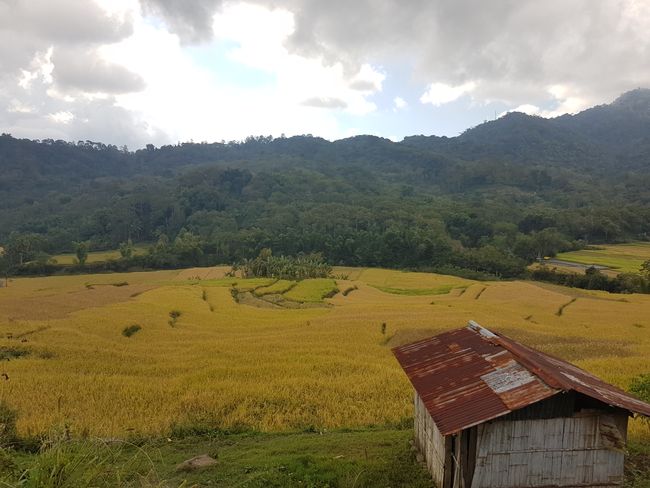
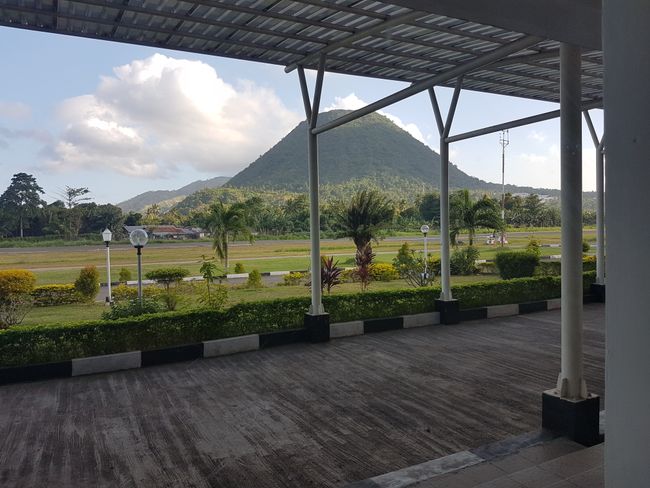
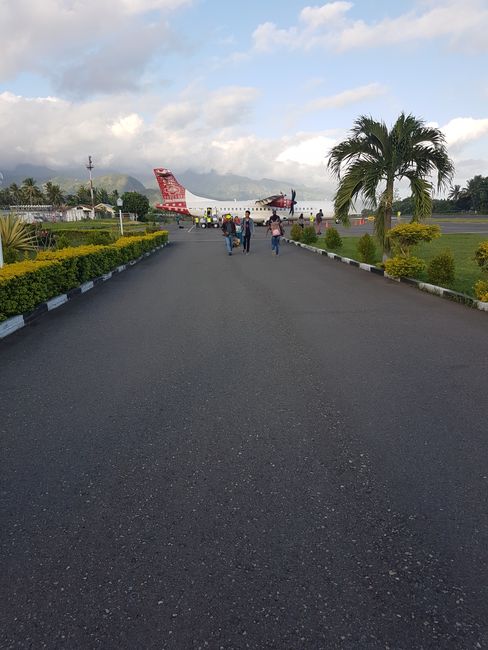
बातमीपत्राचे सदस्य व्हा
When we finally arrived in Moni after more than three hours of driving late in the evening, we were quite exhausted. And I felt nauseous from the curvy serpentines through the mountains. Along the way, there was a driver change. The driver stopped in front of a house in the dark. Two young guys got in the front and the actual driver lay down in the back next to our backpacks and immediately fell asleep. So it was definitely time for the driver change. In Moni, we had bad luck with the weather at first. Therefore, we chilled in the outdoor but covered seating area of our accommodation, the Geckos Homestay, drank tea with milk, and listened to reggae music playing there. The whole family of the owner worked there, including cousins who were still very young. He told us that he took them in because their parents were imprisoned in Malaysia for illegal work. Many people apparently go there to earn money. And those who get caught are locked up. Even his younger siblings live with him because their mother has already passed away. We felt very comfortable with the large family, so the bad weather didn't bother us at all. However, on the third day, we finally made it to Kelimutu, the volcano with the three crater lakes that can only be seen with a clear sky because it is at an altitude of 1639m. We walked back to the village, as there was a trekking route, first through the undergrowth, but then through cute small mountain villages where we were warmly greeted by the locals. The older ones wanted to shake hands with us, the younger ones wanted to take selfies with us. The rest of the time we spent riding scooters: we visited waterfalls, passed through mountain villages, and past lush green rice fields. We also visited an old traditional village. When we set off there, it was already late afternoon and suddenly got very foggy, so you could hardly see further than 2m. The road was also a bit rocky and crumbly in some places. When we reached the village, it was already getting dark. An old woman greeted us. Her teeth were completely stained red from chewing betel nuts. Her hands were smeared with it, too. But that didn't stop her from shaking hands with us and inviting us into one of the houses. There was a kind of small kitchenette, with a cooking pot hanging there and red stains underneath. How creepy, it looks like blood, I thought. Then she wanted to sell us homemade things. She and a few other villagers showed us around the traditional village. The houses were made of wood and had thatched roofs that tapered together at the top. Then they tried to sell us souvenirs again. While I chose a handbag, Elena bought wooden figurines. As it was getting dark already, we started our way back home. The next day, the owner of our guesthouse, Lopez, drove us to the airport in Ende, a place that was an hour and a half drive from Moni. During the drive, he told us a lot about the villages, the culture, and life there. He also told us that in the traditional village we were in, people were sacrificed until 70 years ago. Back then, every 10 years someone was kidnapped and then beheaded. We found the whole thing very creepy, and now in hindsight, the village seemed very creepy to us.
बातमीपत्राचे सदस्य व्हा
उत्तर द्या
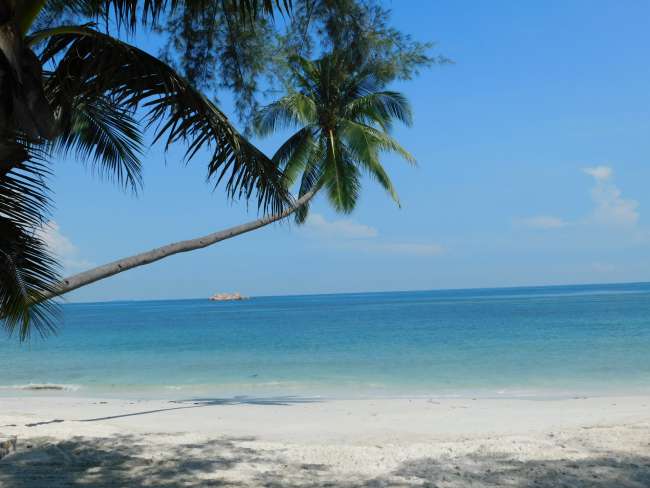
प्रवास अहवाल इंडोनेशिया
